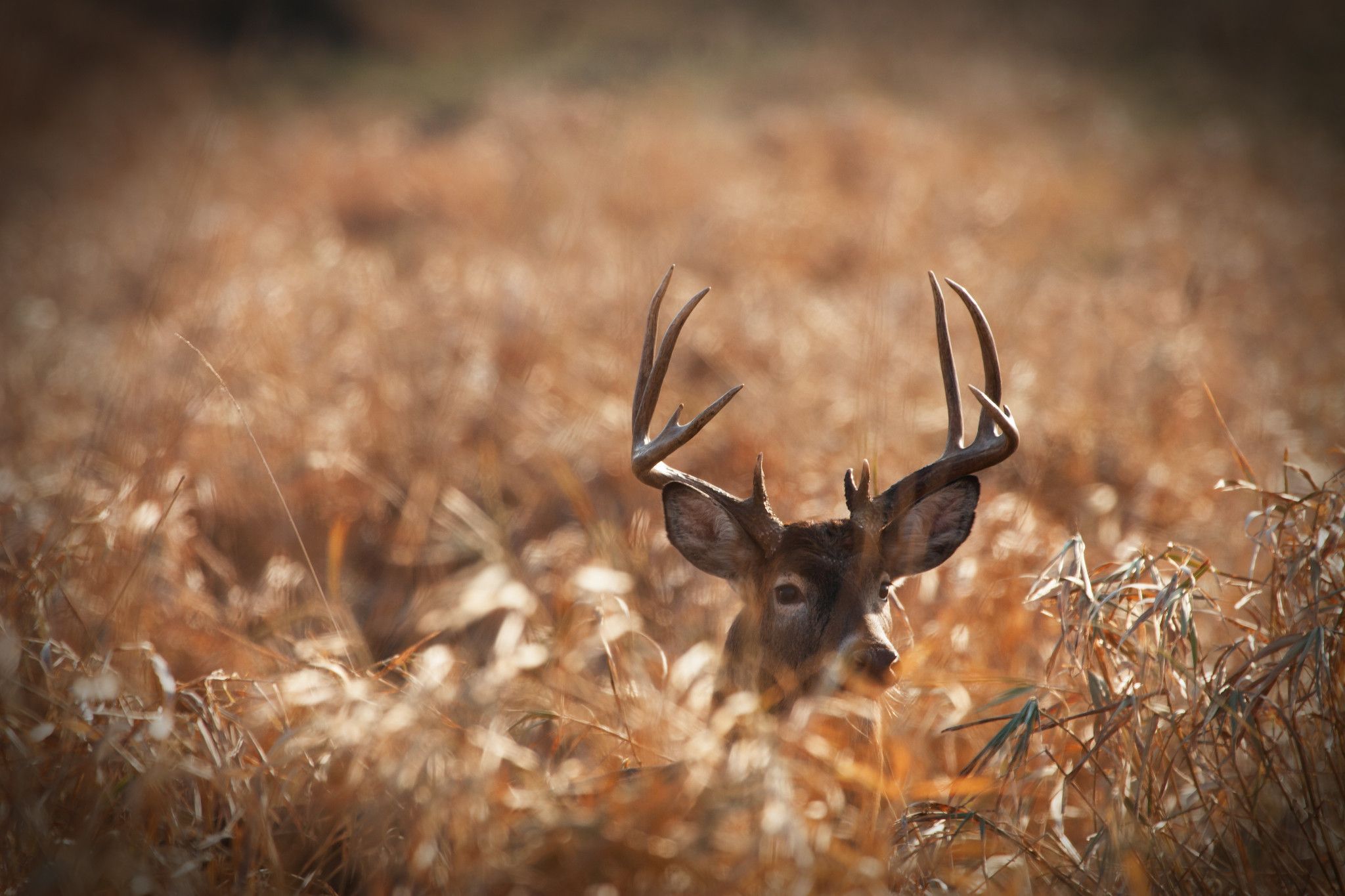COMMENTARY BY DR. DAVE SAMUEL
The Boone and Crockett Club Has a lot of history behind it. In fact, it was founded by Theodore Roosevelt in 1887 because wildlife populations were on the decline. Market hunting was the norm, and habitat destruction was also playing a role in wildlife declines. The club initiated legislation to create our first national parks.
They also led the efforts to get various wildlife bills passed such as the Lacey Act, the Migratory Bird Treaty Act, the Pittman Robertson Act, and many other important pieces of legislation. The club also maintains records of harvested North American big game animals as a conservation record that helps states assess their wildlife management programs. Yes, I am a big supporter of the Boone and Crockett Club.
The Boone and Crockett Club has a magazine, Fair Chase, that is full of conservation information and it alone is worth my membership fee. The summer issue of Fair Chase has an article that summarizes data from their sixth edition of the book, “Records of North American Whitetail Deer.” This article looks at the states with the most big bucks entered in their latest record book. Note that many factors affect how many big bucks are entered from states. For example, if a state has a lot of hunters, they probably have more record-book entries than a smaller state with fewer hunters. Even though there are variables that impact entry numbers, it’s always fun to see where those entries are from.
Wisconsin is listed with the most big bucks in the record book (1,822) and Buffalo County has the most entries of any county in the country (150). In Wisconsin you can take one buck with a bow and one buck with a rifle. Illinois ranks second with a total of 1,445 total entries and it has four counties in the top 20 counties in the United States. Residents can harvest two bucks a year, but non-residents can only take one. Iowa is third with 1,330 entries and there are three counties from Iowa in the top 20. You can only take one buck in Iowa, however, private landowners can take three. Minnesota is fourth with 1,194 entries and four counties in the top 20. St. Louis County is the second highest county in the country with 102 entries. The buck limit in Minnesota is one.
Ohio is ranked fifth with 1,049 entries. All of their entries in the top 10 for typical bucks and six of their top 10 non-typical buck entries were taken in the 2,000s. That tells me that its deer management plans are working and producing large bucks all the time. In Ohio you can only harvest one buck per year. Kentucky is a close sixth with 1,048 bucks entered. Again, their management plan consistently produces big bucks as five of the new typical bucks in the top 10 and nine of the non-typical bucks in the top 10 were taken in the 2,000s. Kentucky is a one buck state.
Missouri is seventh, with 896 entries. You can shoot one buck with the bow and another with a rifle. Kansas is eighth with 867 entries. They are a one buck state. Tennessee (2 buck state), Arkansas (2 bucks) and Texas (3 bucks) round out the top 11 states. I do not know where West Virginia ranks, nor Pennsylvania or any other states, because I don’t own this book (which just came out). For all states there were 17,000 entries. If you are interested in this publication, go to www.boone-crockett.org.
Hunting deer isn’t all about shooting big bucks, but it is interesting to follow trends where the big bucks are being entered.
COVID-19 slowed my research time down this week, but I’m feeling better so I’ll be back full time next week.




